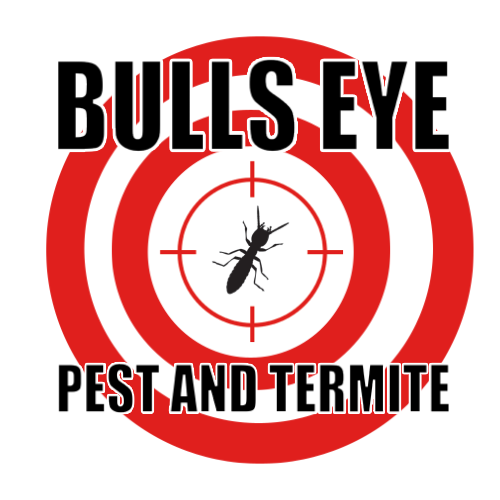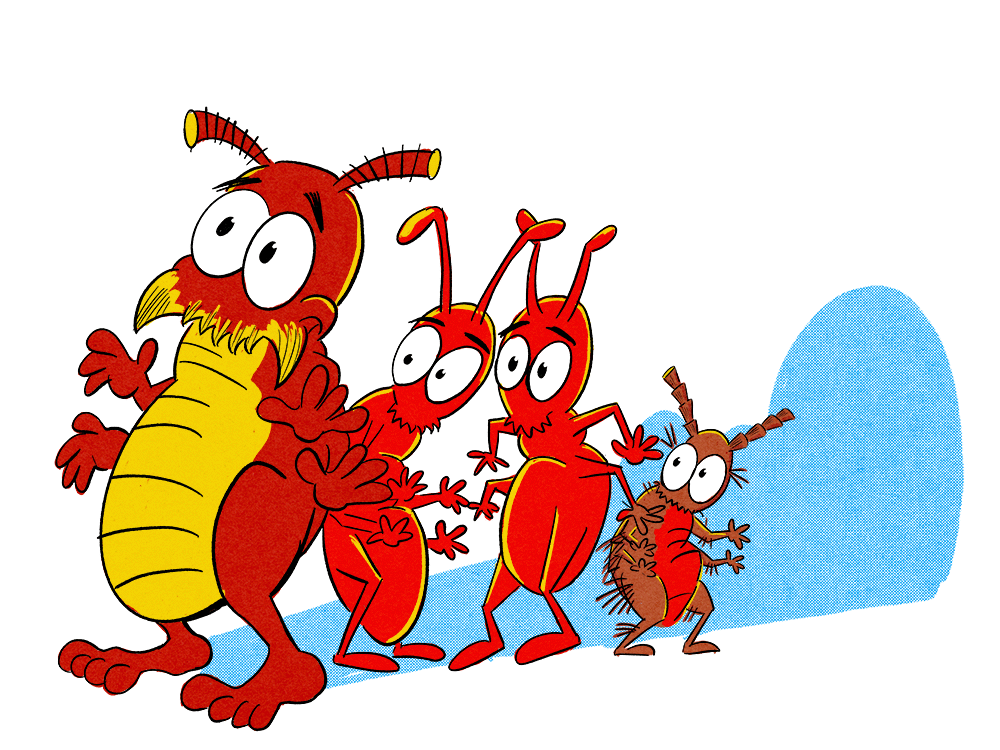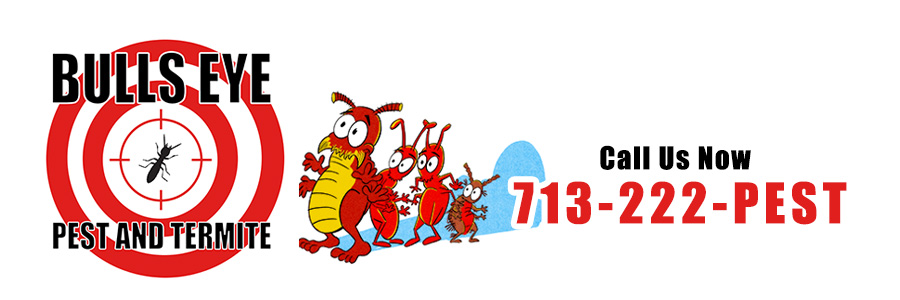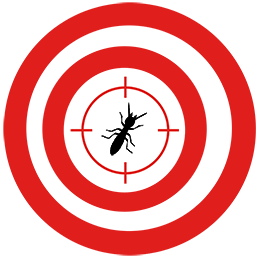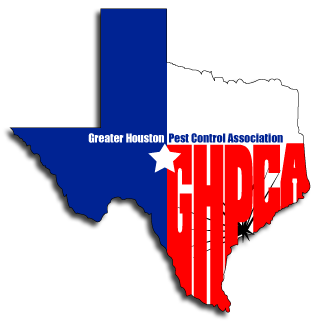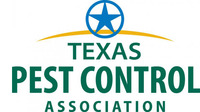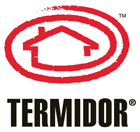Houston Pest Guide: Moths
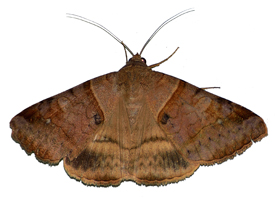
Moths are mostly nocturnal flying insects, many species of which are known for their habit of flying towards light. While most moths are harmless, there are some kinds of moths that can can be a nuisance pest and cause property damage.
We have two types of moths the can cause property damage in Houston, Indian meal moths, commonly called pantry moths, and clothes-eating moths. While neither of these insects poses a health risk to people, they can cause a significant amount of damage to property. Pantry moths can eat their way through your kitchen, and clothes-eating moths can do real damage to your wardrobe.
Pantry Moths
Pantry Moths are are smallish, grayish brown moths with striped bands at the tips of their wings that are commonly found infesting cupboards, pantries, or anywhere else food is stored. The species is officially known as the the Indian meal moth and is probably the most common food-infesting pest in Houston.
Almost as commonly seen as the moths themselves are their larvae, yellow-white grubs about 1/4 of an inch long with a distinctive dark brown head and mouth parts. These larvae are the life stage of the moth that actively feeds on grains. When they feed, they burrow deep into the food they are often only discovered when the food is taken from the packaging.
These moths will feast on flour, grains, cereal, grits, oatmeal, granola, cookies, pretty much anything containing any kind of grain or flour. Once you see moths, there's already an infestation.
How Do I Get Rid of Pantry Moths?
Going through and removing any infested food product is essential to eliminating these moths from your home. Thoroughly clean any infected cabinets to remove cocoons or eggs, and look for the presence of cocoons throughout your house.
Like any other moth, pantry moths have a multi-stage lifecycle. They hatch from eggs into larvae, spin cocoons, and then emerge as winged, adult moths. Indian meal moths do not necessarily spin their cocoons near the food source, and larvae can travel a substantial distance to reach their food. Eggs and cocoons could be in an entirely different room, and are often placed in extremely tight cracks and crevices.
Clothes-Eating Moths
Clothes-eating moths are a problematic pest in Houston. The larvae of these moths will eat natural fabrics such as wool and cotton, and can destroy clothing by chewing small holes throughout the garment.
Webbing clothes moths and case making clothes moths are the most commonly found species of clothes-eating moths in Houston. Both are small and yellow-white in color, with the case making clothes moth being distinguished by dark spots on its wings. Both species have similar habits and do similar damage.
- Preventing clothes moths from having access to stored clothes is one of the most effective ways to prevent these moths from entering your home.
- Dry-clean or wash winter clothes before storing them.
- Make sure clothes that are made of natural fabrics are in sealed plastic bags when stored.
- Thoroughly clean closets where clothes are stored before placing items there for long periods.
Mothballs have been a traditional deterrent for clothes-eating moths, but many of these products contain substances that are highly carcinogenic and their use is not recommended.
Sometimes prevention fails a moths will still infest your clothes. In this case, calling professional pest control is generally recommended. An infestation can usually be treated successfully by a professional, so that combined with adequate prevention the problem can be eliminate permanently. If you have a problem with moths, give Bulls Eye a call at 713-222-PEST (7378) and we'll be happy to come out and see you. Wherever you are in Houston, whatever's bugging you, we'll be there.Request a Quote
713-222-PEST (7378)
By submitting, you agree to receive occasional text messages or emails for appointment reminders and promotions from Bulls Eye Pest and Termite. To opt-out reply STOP at any time. Msg & Data rates may apply.
What Our Customers Are Saying
Ruben is very thorough and does a great job!!
Tom
Amazing as always
Deanna
Thank you, as ever, Ruben!
Elissa
This technician is above and beyond. Very knowledgeable. Please send him back to my home when my quarterly inspection is due. Tough act to follow!!!!!!!!
James
